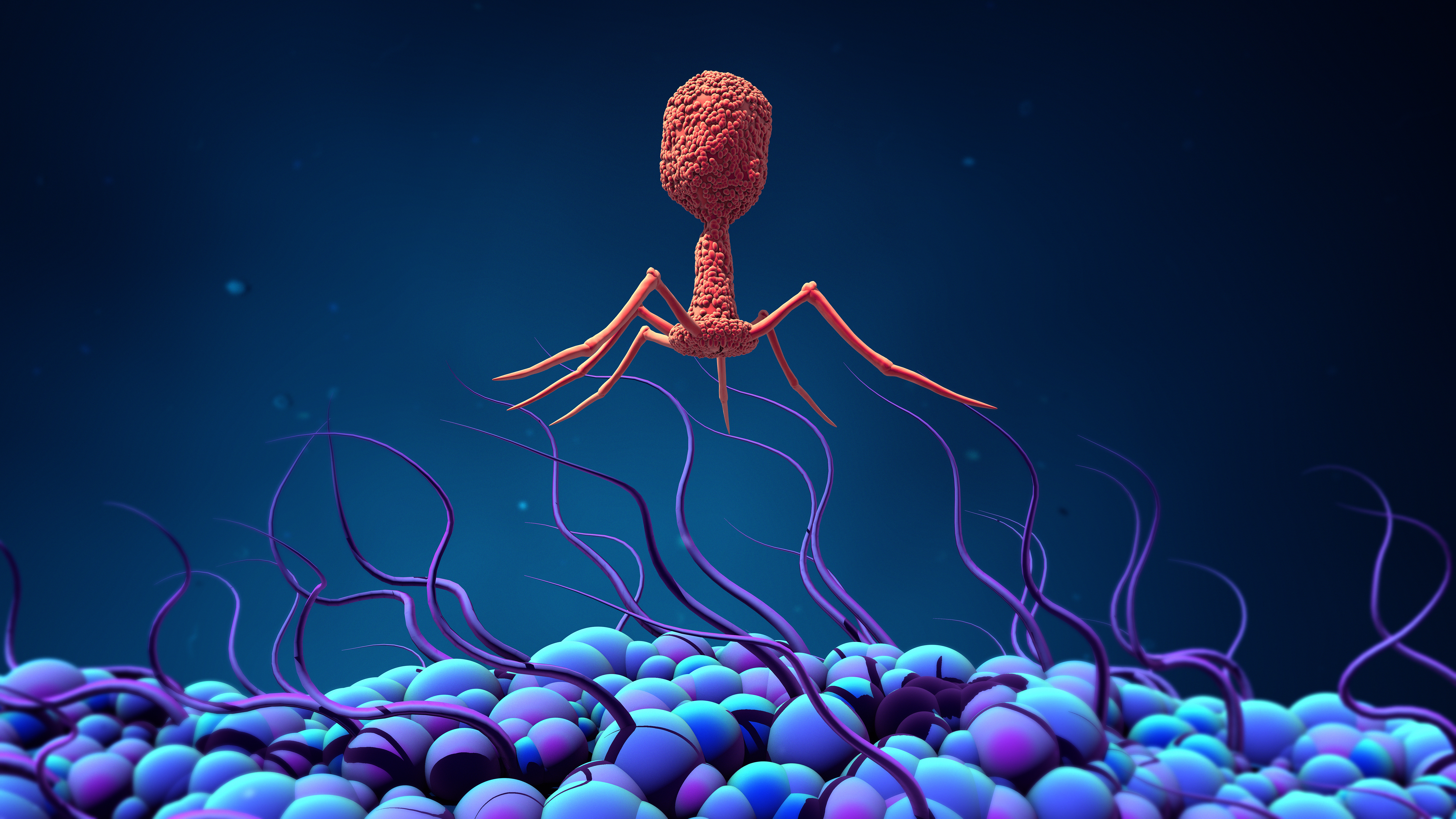A more productive, less expensive method for purifying nanoscale biological entities such as bacteriophages, viruses, virus-like particles (VLPs), and ribosomes.
Working with nanometer-sized biological entities, such as viruses, virus-derivatives, and super-molecular assemblies, typically requires a purification step. Currently, this is performed via a series of individual purification tasks that are not specific to the particular entity, and often require significant time and effort to complete. In addition, commonly used purification methods often produce only modest outputs, so mass production of these entities is typically very expensive, with a high per-unit cost. This can severely limit access to these products, which can have a very significant impact on public health in regions where funding and expertise may not be readily available.
This technology is based on the selective separation of nanoscale particles with definitive surface features. It employs aptamers as affinity reagents to isolate the nanometer-range particles, in particular bacterial phages. This isolation is performed selectively so the targeted entities can be sequestered from a mixture of components present in an aqueous phase, such as cell lysate or in vitro reaction mix, and transported to a solid phase. The captured entities can then be released and concentrated on demand, thus resulting in an increased yield and higher purity. This invention has applications in both basic research and therapeutic intervention, especially in the areas of phage therapy.

• Can selectively purify specific target biological entities.
• Inexpensive, with a lower per-unit cost than current purification methods.
• Higher yield.
• Simpler to perform.
The primary application for this technology is purification of nanoscale biological entities. Applications for this include the production of:
• Bacteriophages for phage therapy.
• Virus-like particles (VLPs) for vaccines.
• Virus vectors for gene therapy.
• Ribosomes for academic research.
U.S. Provisional Patent Application No. 63/470,224 filed 6/1/23.
TRL 3 - Experimental proof of concept
This technology is available for licensing.
This technology would be of interest to anyone involved in purification of nanoscale biological entities, including:
• Pharmaceutical companies.
• Medical research laboratories.
• Universities and other educational facilities.